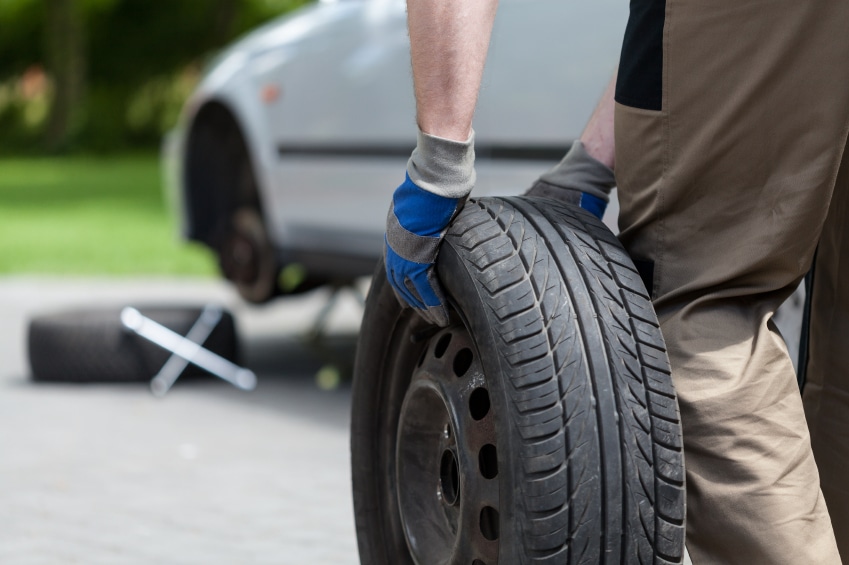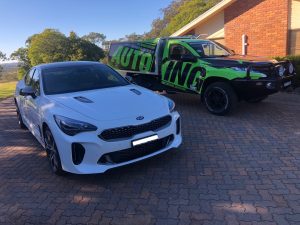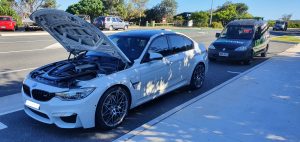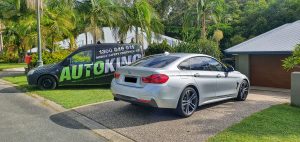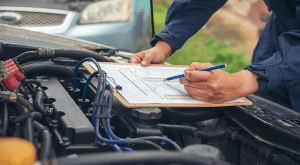Following our post about why you can’t trust a safety certificate as a reason that a car is a good purchase, now we thought we’d talk about what we do in a Mobile Pre Purchase Inspection Service.
What’s included, what’s not included and how it works.
So typically a customer will call up and let us know there’s a car they are interested in purchasing either through a private sale or in a car yard. We will get all their details down and then we’ll get down the vendor’s details and then we will give the vendor a call and confirm a time on the buyer’s behalf that works for both the vendor and our inspector that serviced the area.
We will go out and perform the inspection on site, generate the report and then send the report via e-mail and we’ll also give a phone call and discuss the report with the customer.
What’s in the report you ask? Well the report will state the name, model, the VIN, the registration, the current odometer reading, the engine number, the purpose of the inspection and then that will be the first page. The first thing we start the inspection with is the interior. We check the seats are all secure, there’s no tears, the seat belts are operative they retract, they work, they will check the trim, they will check that the radio is operative, the rear window, the washers and wiper fluid fires and functions as they are supposed to, the horn, the doors, the locks, the hinges, all the windows are operational, warning lights on the dash, the gauges are all operative, then they will report if all those items are working.
The next section of the report is the exterior so we will go around looking for any evidence of rust or body repairs, we look at the glass and make sure there are no stone chips and report that, is the sun roof aerial, is it working, under the frame, across the fenders, all the underbody parts, is there any damage, is there any evidence of any impact damage, the front suspension, the rear suspension, the steering components, no evidence of exhaust leaks, the differential is not leaking, theres no play in the drive shaft.
The next section of the inspection report is the engine bay. We look for any evidence of noise indicating that the engine is tired, or that there is any indication of valves or lifters, the timing belt we check the fluid levels, We check for fluid leaks, We check the engine mounts, We check all the hoses, the pipes, the water pump, the fan, We check the ignition system, the fuel system, the battery, the radiator, all the drive belts and the pulleys, the break booster, the master cylinder and the ABS.
The fourth section of our report is the tyre, and brakes. We go and inspect all the tires, see if theres any indication of them needing replacement, where they are at in their life cycle, the wheels, is there any damage, have they been ran into the gutter, are they buckled, spare rim, brake hose, calipers, the brake pads, the discs, the brake linings, the wheel cylinders, the brakes and the drums, park brake, the wheel bearings.
On the fifth section what we do is a road test. We try to get the vehicle on 80K’s, this isn’t always possible. On the road test we try to get up to 100K’s but more often than not we’re not able to do these if it’s in a residential area we can only typically get it up to about 60K’s. But sometimes you need to get it above 100 to see if any evidence of a wheel alignment or balance. We also check out the ease of starting, if it idles, if theres any rough idling, evidence of engine noise, engine performance when it’s under load, is it missing, is it smooth, exhaust smoke and emissions, seeing if there’s more smoke coming out the back of the car than there should be, is there any reason for a concern, is the gearbox automatic or manual, is it shifting all gears as it should be, is it crunching, is it making any noise, is it sticking, the differentials, the whining, are they operating as it is supposed to, the steering and the suspension, that theres no noise coming from the suspension, when you go over things it’s not clunking, the brakes operation, the brakes are not spongey, they do have feeling and feed back and they are gripping as they should, the speedometer is reflecting a true speed.
Where possible we try to put it in 4 wheel drive, however if it’s in an urban environment once again it’s hard to test that. It really is something that needs to be tested, if its an imperative part, it needs to be taken and tested. We advise to meet the vendor at suitable location to put the 4wd through its paces.
That’s what’s included in the Mobile Pre Purchase Inspection. You then get a copy of the report with the inspectors details, so if you want to discuss the report with him or ask him any specifics, his details are on the report and you can give him a call and discuss anything.
What is not included in the report. The report is a visual, non-invasive report. What does this mean? It means that we don’t remove any part of the car for our inspection. We can’t remove anything from the vendors vehicle and then put it back on. So it’s a visual, non-invasive inspection. There is no warrantee with the inspection. We can’t offer a warrantee. A lot of people ask if we offer a warrantee, there is not a business in the automotive industry that will offer a warrantee on a pre-purchase inspection.
One thing I forgot to mention is that we take photos of the vehicle and all the items that we have listed as needing attention that we can take a photo of and represent. So if it’s an impact damage we’ll take a photo of it, if theres any wheel damage we’ll take a photo of it and that will be on the report. Typically we find that you can get at least four times the cost on average of the report off the price of the car after you know the repair items that need to be done and most importantly it gives you peace of mind prior to purchasing.
